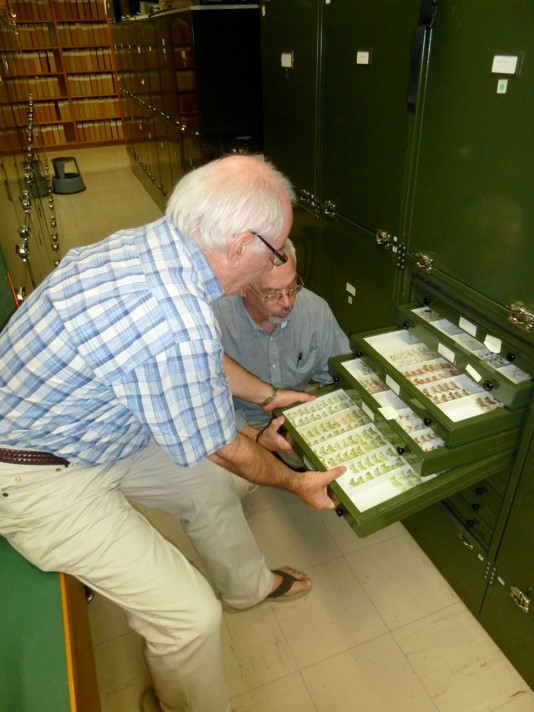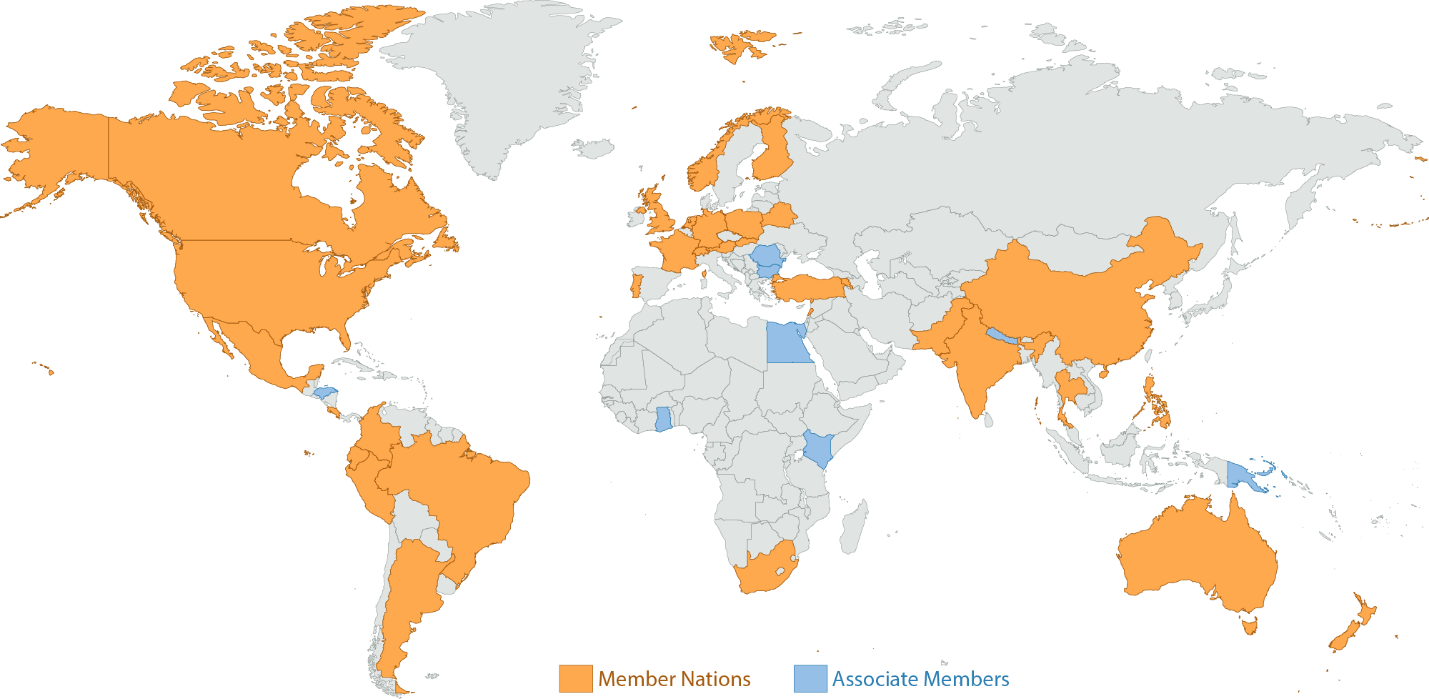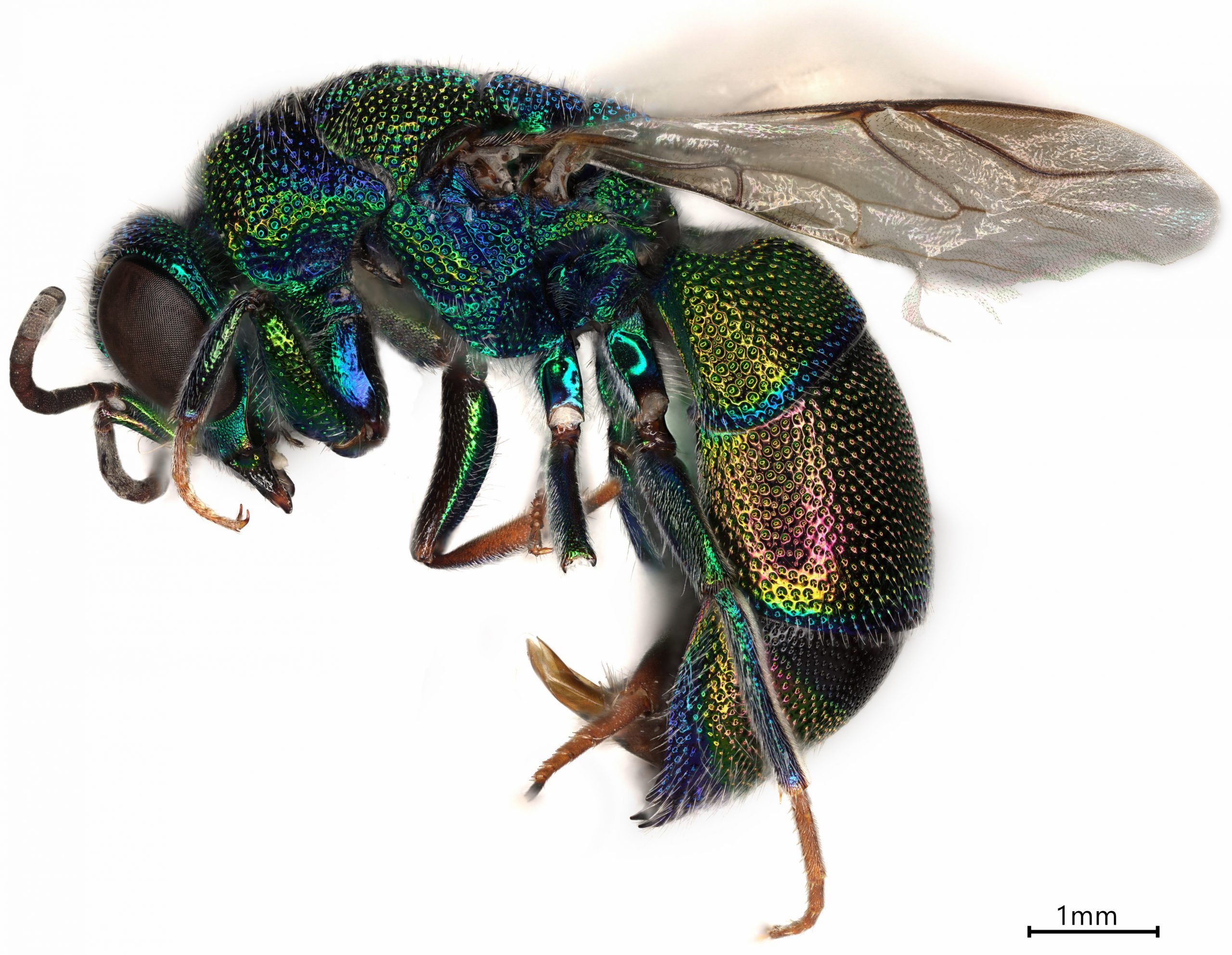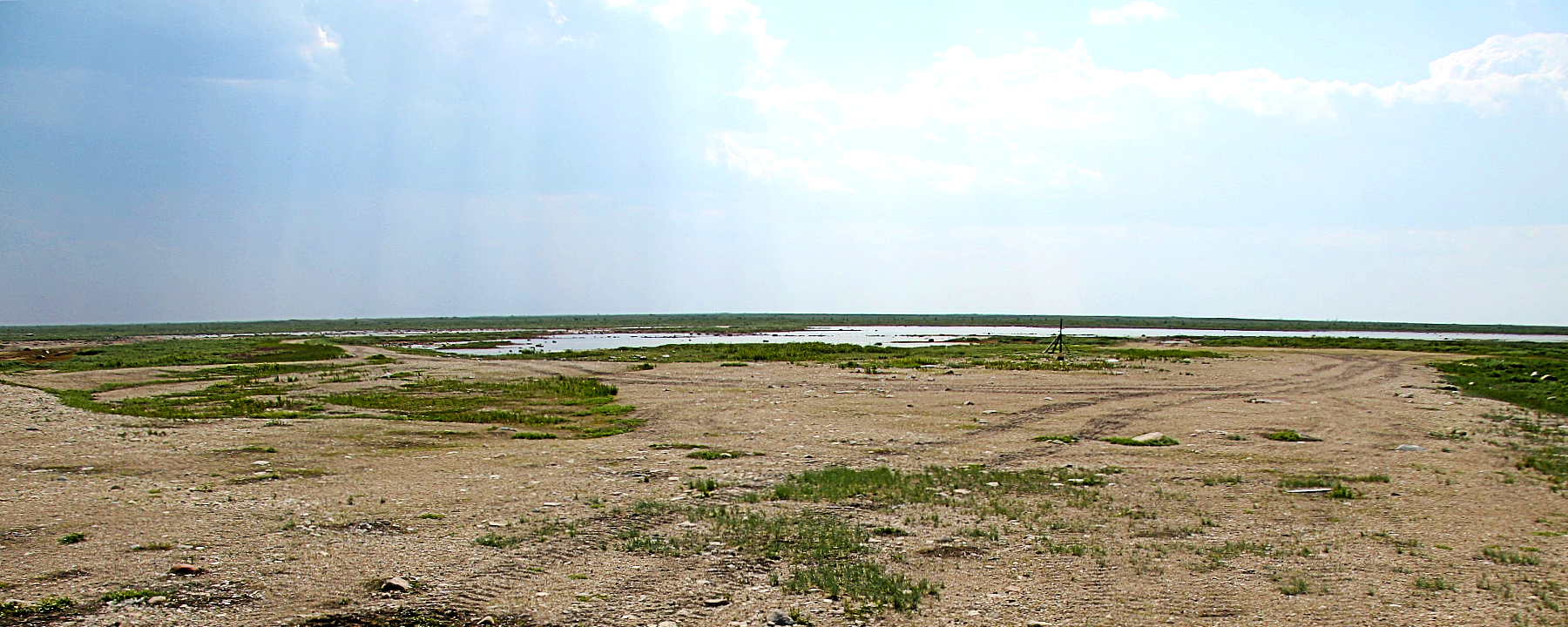LIVING IN EXTRAORDINARY TIMES

Paul Hebert
Professor, Department of Integrative Biology, University of Guelph
MIDORI Prize Winner 2020
We share this planet with millions of species. A few hundred are important in agriculture, aquaculture, and forestry while a few thousand more are valued for their beauty. Others are attacked because they vector disease or are poisonous, but most species are neglected. In a wild world, the curation of biodiversity would be unnecessary; species would live for a few million years, either diversifying or becoming extinct. However, exceptional events can disrupt this biotic metronome, provoking the loss of species on a grand scale. These mass extinctions are so rare that earth history records just five prior occurrences, meaning a million centuries have typically elapsed between them. We are living in extraordinary times because this century will bring the next mass extinction unless things change.
The 1992 Earth Summit brought this risk to the attention of world governments, spurring ratification of the Convention on Biological Diversity and establishment of its Secretariat to coordinate progress. Yet three decades later, biodiversity loss has intensified. The cause is clear; the surge in human populations has accelerated the destruction of wild spaces and intensified the use of developed lands. Should we accept the inevitability of biodiversity loss? Yes, so long as we also accept responsibility for the destruction of knowledge at unprecedented scale. The books of life, the genomes of every one of the more than ten million species that share our planet, are at risk of being burned without ever being read. Moreover, it’s not enough to read their genomes; we need living books to bring vitality to our world.


Although there is no simple solution, more detailed understanding of biodiversity is essential to heighten concern and develop strategies to curb the loss of species. Humanity is not hellbent on destruction; our governance systems have shown their capacity to respond to environmental challenges so long as they are well documented and solutions are clear. Yes, action often comes late, but not too late. Our use of chlorofluorocarbons was curbed once their role in depleting stratospheric ozone was evident, and our shift away from carbon-based fuels is being driven by the powerful evidence for their role in global warming. The pattern is clear; society acts once science has spoken.
There is an intimate relationship between technological advances, scientific progress, and societal action. Efforts to halt changes in atmospheric chemistry were motivated by sophisticated sensor networks that documented the global impacts of chlorofluorocarbons and greenhouse gases. By contrast, biodiversity science has been technology poor, a discipline reliant upon case studies to document species in decline, lacking the capacity to map planetary biodiversity. The iBOL Consortium (Figure 1) is striving to change this situation though BIOSCAN, a 7-year, $180 million research program launched in 2019. Propelled by advanced DNA sequencers, computational hardware, and digital imagers, BIOSCAN will allow humanity to understand its impacts on other species.

Before long, a network of passive traps operating like spider webs will capture specimens, read their DNA, and transmit this information to geostationary satellites. Underwater drones will patrol aquatic ecosystems, ingesting dissolved DNA, sequencing it, and rising to the surface to transmit data. By analyzing billions of specimens every year, these sensor networks will enable a global biosurveillance system, one tracking biotic change in near-real time. It’s not often that a field of science is transformed, and rarer yet that this should coincide with a crisis whose solution demands new powers. Yet, these advances in biodiversity science will provision humanity with the knowledge needed to pull life back from the brink – to prevent millions of species from being swept from our world. We are indeed living in extraordinary times.


